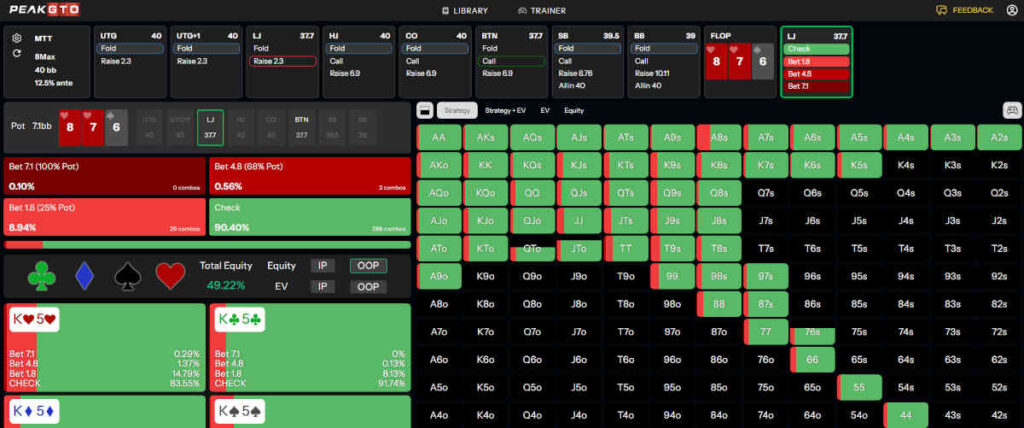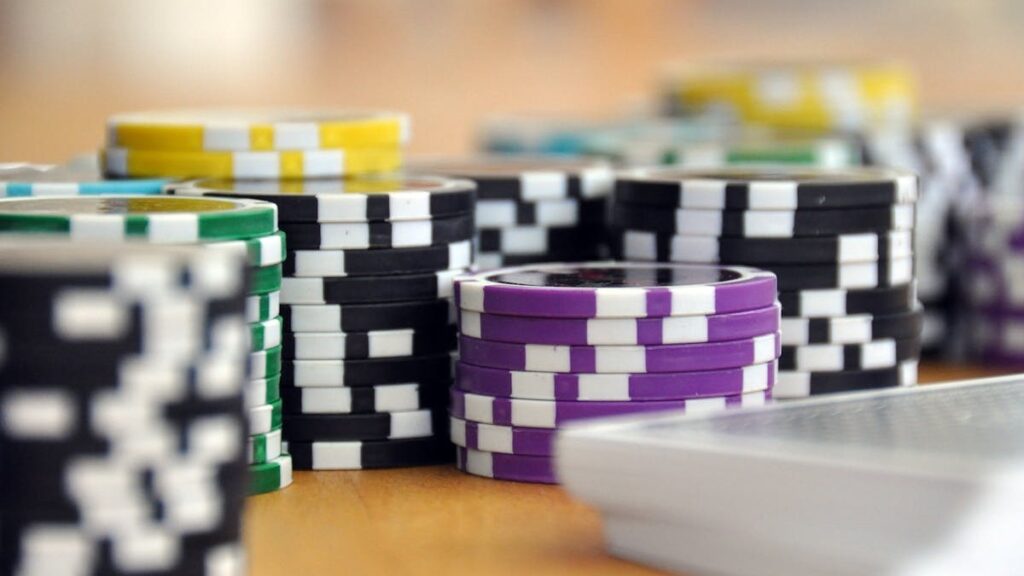Every serious poker player eventually learns that lasting improvement depends less on lucky streaks and more on self-analysis. Whether seated at a lively casino table or facing online opponents on a handheld device, genuine growth begins when players confront their shortcomings directly.
Observing poor decisions, misjudged bluffs, or timing errors is never comfortable, but it is precisely this discomfort that drives steady refinement. The willingness to review one’s weaknesses separates recreational participants from those sincerely committed to mastering the game’s ever-expanding strategic landscape.
Digital parallels in casino platforms
Innovation across gaming services, such as secure payment integration and player data analytics, often mirrors the mindset required in poker improvement.
This connection is evident in digital ecosystems, where refined user experience, transparent registration systems, and consistent reliability demonstrate how careful assessment underpins sustainable performance. Casino applications and software increasingly depend on accurate monitoring of player behavior, seamless payment flows, and safety verification.
These platforms illustrate that progress arises from constant adjustment: tracking weak points in transaction design or interface logic ensures greater consistency, just as players benefit from confronting their statistical flaws and emotional tendencies during post-session reviews (source: https://casinoapps.com/).
Understanding the learning curve
Mastering poker involves navigating a learning curve that blends theory, intuition, and measured experience. Beginners often fixate on winning hands, counting short-term profits rather than examining the decisions that produced them. Professionals, by contrast, regard each session as data. Reviewing a losing night reveals valuable patterns, error frequency, responses to variance, and flawed reads of opponents’ ranges.
This process mirrors analytical disciplines in other industries, where debriefing after every cycle establishes long-term strength. Poker’s progression, therefore, depends less on the volume of hands played and more on the rigor of reflection applied afterward.
The significance of structured hand analysis

Hand analysis has evolved from casual storytelling into technical examination. Software tools now record bet sizes, board textures, and pre-flop tendencies, allowing objective comparisons between intended strategy and executed play.
Reviewing these sessions side by side reveals subtle leaks such as overvaluing suited connectors or underestimating positional disadvantage. Professionals often speak of identifying “spots” rather than “hands,” an approach that clusters decisions by situation, not outcome.
This structural review prevents overreliance on anecdotal evidence and shifts focus toward replicable decision-making frameworks. In casino environments where both live and online ecosystems produce constant data, this technical discipline becomes critical for verifying whether theoretical improvements translate into practical results.
Mental resilience and emotional regulation
Poker’s psychological demands rival its mathematical depth. Bankroll fluctuations and unpredictable variance accentuate emotional exposure, tempting players to rationalize mistakes or chase losses. Reviewing weak spots under emotional duress is challenging yet essential. Detachment transforms frustration into insight, revealing how impulsive reactions, like calling out of spite or bluffing prematurely, undermine equity.
Many modern training regimens emphasize emotional cataloguing: players record subjective states after sessions and correlate them with measurable deviations from strategy. This merger of psychology and analytics reflects broader patterns across performance industries where cognition and self-monitoring form the groundwork of consistent success.
How live and online play complement review
The global expansion of casino gaming has diversified how players engage with poker. Online tables enable rapid volume, immediate data capture, and post-session replay. Live venues, on the other hand, provide nuanced emotional signals and timing tells. Integrating both experiences amplifies review potential.
For example, a player might recognize, after examining video footage, that their physical gestures betray hand strength at a live table, while statistical reports from digital platforms reveal pre-flop passivity. When these insights converge, weaknesses appear in full dimension. This synthesis underscores that progress is holistic, requiring technical, psychological, and environmental awareness across all channels where poker unfolds.
Building sustainable strategies through feedback
Continuous feedback loops lie at the heart of predictable progress. In professional environments, players schedule study sessions much like athletes schedule training blocks. Reviewing hands weekly, comparing to solver outputs, and collecting peer commentary yield cumulative advantages over time.
The process resembles corporate feedback systems, where iterative auditing prevents waste and enhances output efficiency.
Poker feedback functions similarly: each correction diminishes cognitive noise in future decisions. Just as regulated casinos maintain transparent auditing to guarantee fairness, disciplined players maintain self-auditing to guarantee strategic coherence. The outcome is not instant triumph but durable adaptability tested under the fluctuating pressures of competition.
Context of risk management within analytical practice
An analytical review also serves as a form of risk management. By understanding loss patterns, players allocate resources responsibly and guard against burnout caused by volatility. Financial prudence becomes an extension of technical discipline. In casinos, risk oversight manifests in compliance structures that monitor liquidity, payout systems, and anti-fraud processes. Poker players parallel that vigilance on a personal scale, constructing budgets, assessing edge sustainability, and tracking variance limits.
Studying weak spots ultimately refines not only decision quality but also financial resilience. This double layer of analysis, strategic and economic, defines the mature player who accepts uncertainty yet consistently acts from comprehension rather than emotion.
Technological integration and the new age of review tools
Technological advances have democratized review processes once reserved for elite professionals. Software now visualizes opponent tendencies via color mapping, calculates expected value in complex multiway pots, and synchronizes real-time data across devices.
Machine learning modules identify recurring errors more efficiently than manual logs, offering insight into specific hand types or table positions that drain profit. Such tools reduce subjective bias, but effectiveness depends on honest interpretation.
The capacity to acknowledge and correct ongoing deficiencies remains human. Technology accelerates review but cannot replace the intellectual humility required to apply findings consistently across games of varying texture and pressure.
Preparing for future evolutions of competitive poker
The trajectory of poker’s modernization suggests an environment increasingly aligned with analytical precision and digital literacy. As regulations evolve and casino ecosystems expand globally, the players most capable of sustained growth will be those who treat every session as a study in self-diagnosis.
Automated game tracking, ethical data usage, and cross-platform compatibility will characterize the next decade of development. Yet beyond algorithms and policy, the timeless principle endures: genuine improvement stems from confronting fragility. Whether in a virtual room with multi-table action or at a quiet corner of a resort card room, progress rewards those whose curiosity exceeds their pride.
